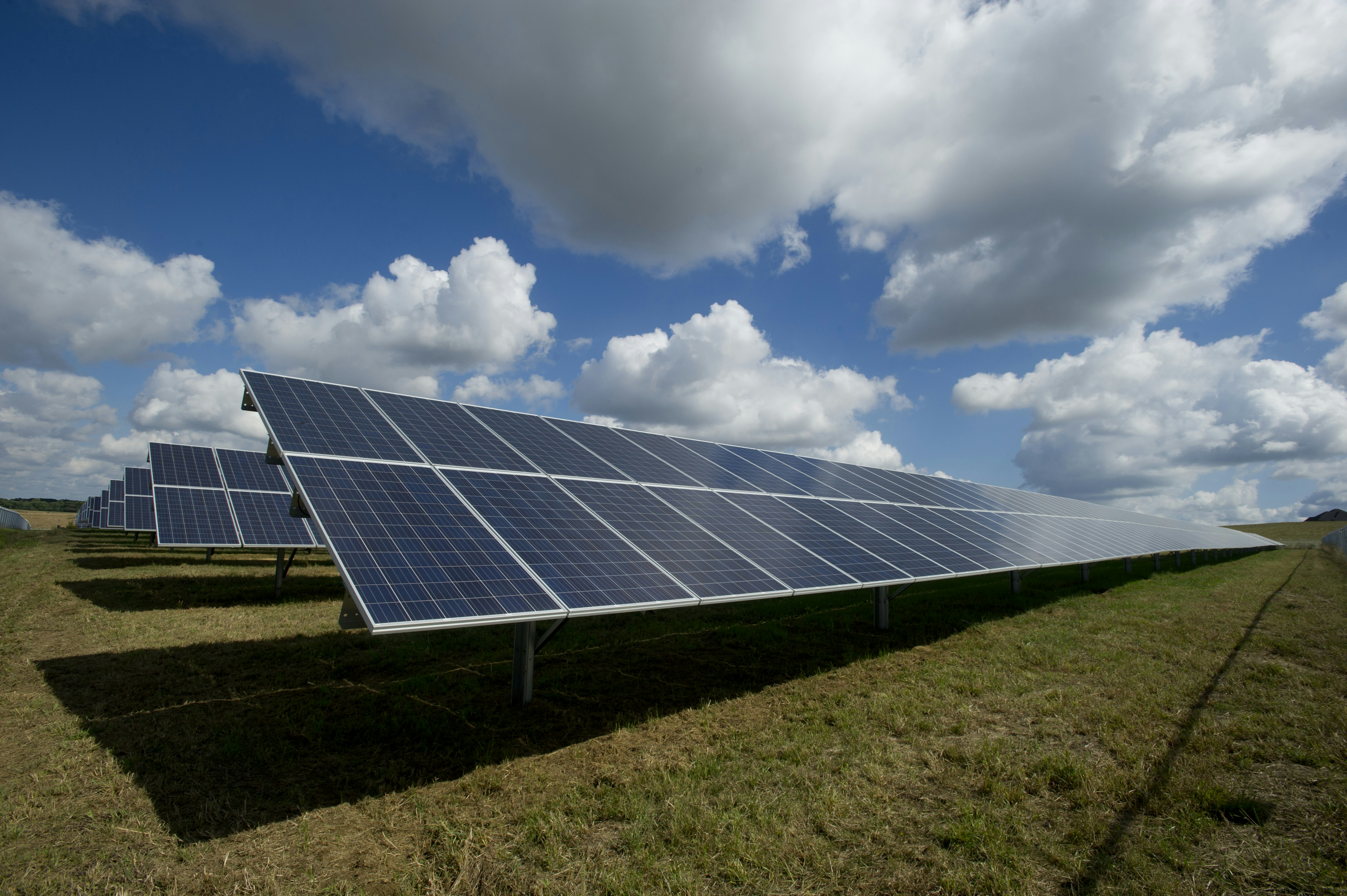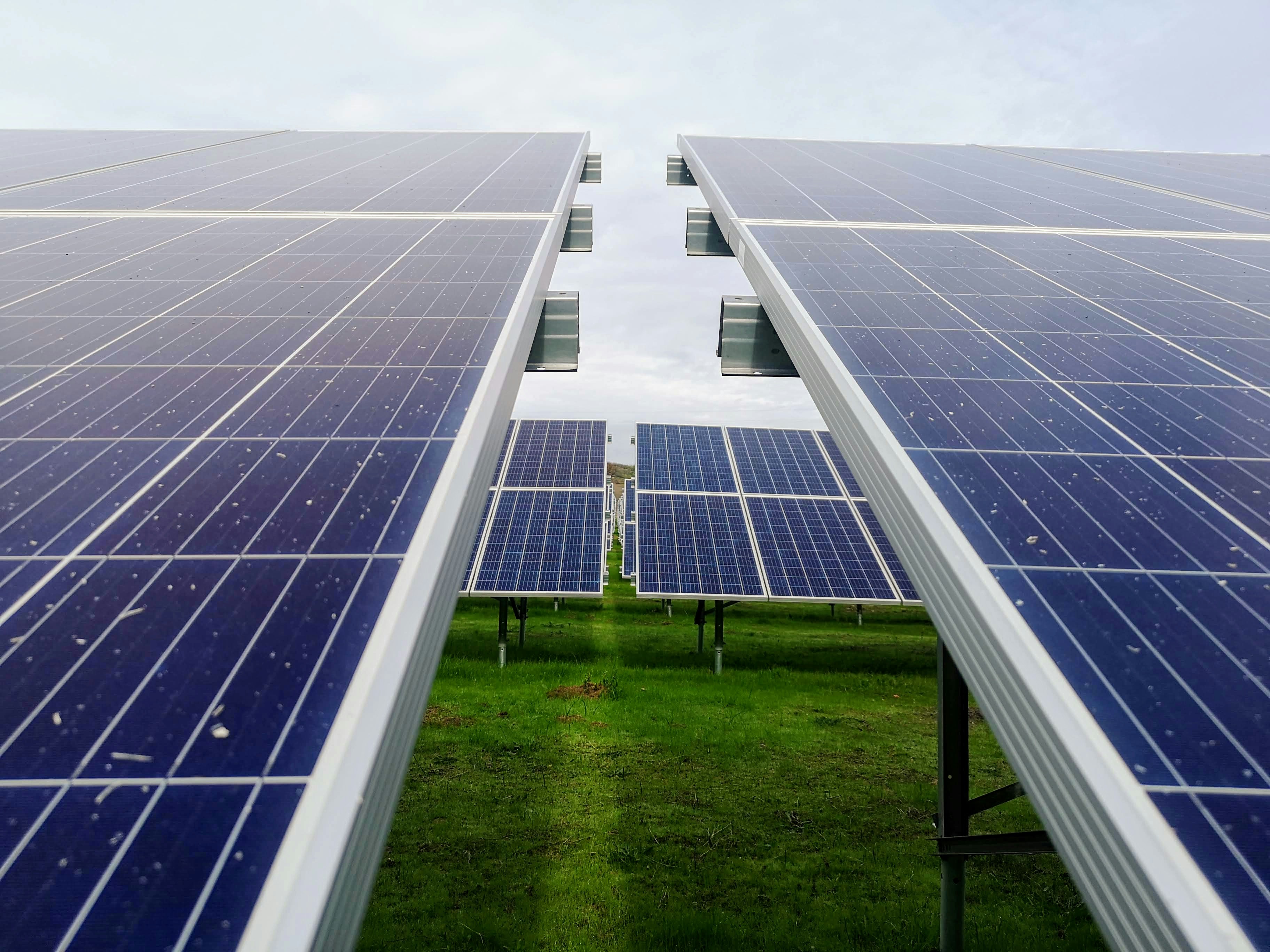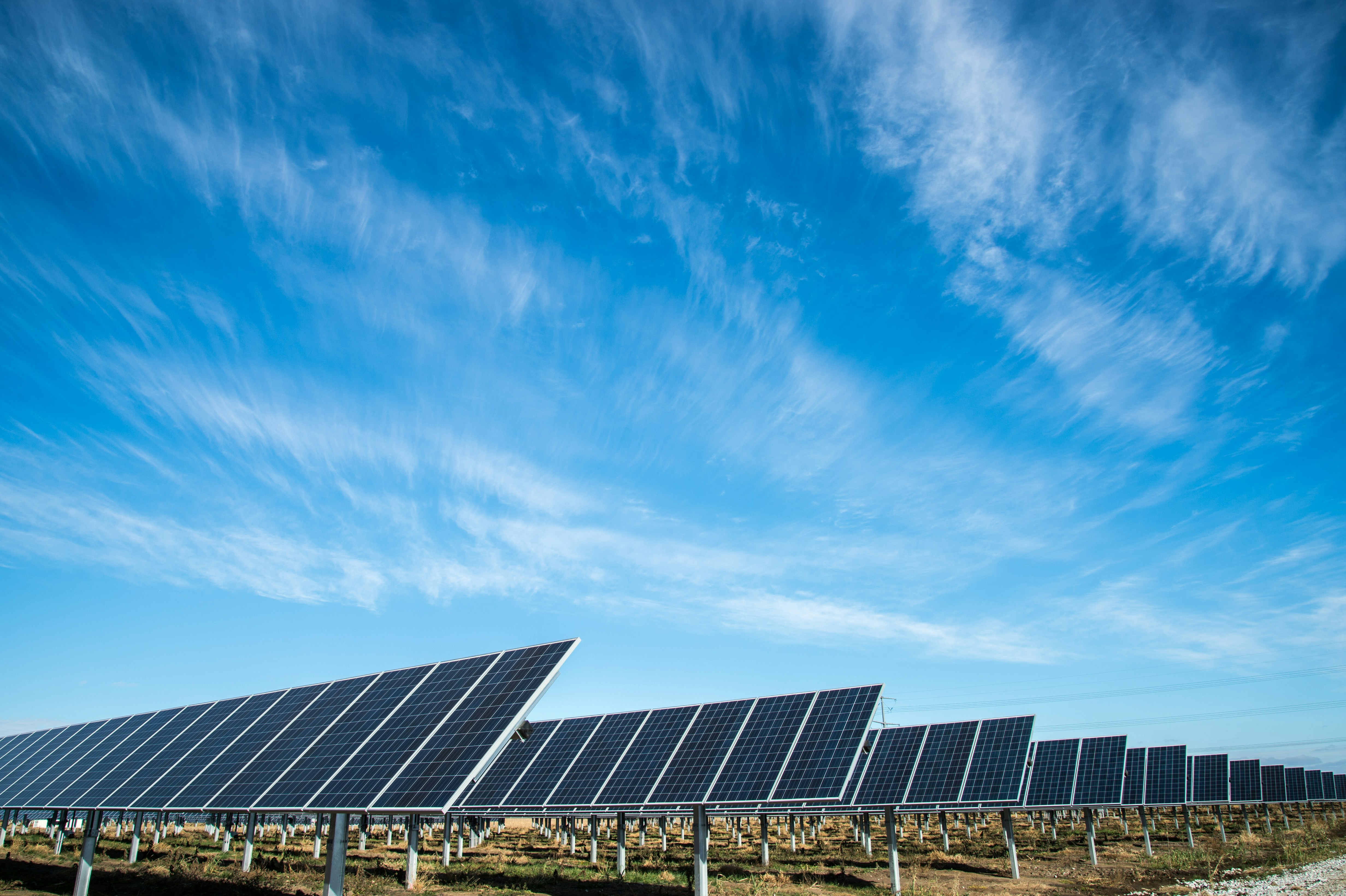Picture this: You’ve set up solar panels on your roof, harnessing the power of the sun to supply your home with renewable energy. But what happens when you generate more electricity than you need? That’s where a Solar Feed-in Tariff comes in. This concept, seemingly complex, becomes fascinating once you grasp its implications. A Solar Feed-in Tariff gives you the power to make your investment in solar energy even more fruitful; more than just self-sufficiency, it offers you a chance to contribute back to the grid and enjoy financial rewards for doing so. This article is designed to enlighten you on the “What” and “How” of Solar Feed-in Tariffs, ideal for anyone thirsty for knowledge or eyeing renewable solutions for energy needs.
Definition of Solar Feed-in Tariff
A Solar Feed-in Tariff, in its simplest form, is a financial incentive to promote investments in renewable energy technologies, particularly solar energy. It’s a system that pays renewable energy generators for the extra power they feed back into the grid.
The basic concept of Feed-in Tariff
The Feed-In Tariff (FIT) concept is a policy tool aimed at accelerating the deployment of renewable energy technologies. Under this mechanism, you, as an electricity consumer, can install renewable energy systems such as solar panels on your property. If these systems generate more electricity than you consume, you can sell this excess electricity back to the grid at a set tariff rate.
Role in renewable energy generation
The pivotal role of the Feed-in Tariff is to incentivise renewable energy generation. By providing a financial return for excess energy produced, it encourages you, and others, to install and use renewable technologies such as solar panels. This not only fosters the development of renewable energy industries but also contributes to a more sustainable and greener energy grid.
Historical Overview of Feed-in Tariffs
Feed-in Tariffs have paletted a mosaic of renewable energy milestones worldwide, driving green investment and stimulating the mass adoption of clean energy solutions.
First introduction of Feed-in Tariffs
Feed-in Tariffs were first introduced in the United States in the late 1970s, in response to the high oil prices and diminishing natural resources. The idea was to encourage energy consumers to become energy producers using renewable sources and sell the surplus back to the grid.
Global adoption over the years
Since its inception, the Feed-in Tariff mechanism has been adopted by many countries around the world, including Germany, Spain, and Australia. This rapid global adoption can be attributed to its successful role in augmenting the uptake of renewable energy technologies and reducing greenhouse gas emissions.
Updates in Feed-in Tariff policies across the globe
Throughout the years, Feed-in Tariffs policies have been revised and updated to reflect technological advancements and changing market dynamics. Just as solar technology has evolved, so too have the policies surrounding Feed-in Tariffs, adapting to ensure fair remuneration of solar electricity production.
Functioning of Solar Feed-in Tariffs
The Feed-in Tariff process is, in essence, a simple one, structured around the generation and sale of excess solar power.
Stepwise functioning of the tariff system
Whilst the specifics can vary between regions, the basic steps of a feed-in tariff system are universal. You have solar panels installed on your property. These panels generate electricity which you can use to power your home or business. Should your solar system generate more electricity than you consume, this excess is fed back into the main power grid. For this surplus electricity, your energy provider pays you a pre-agreed feed-in tariff rate.
Generation of excess solar power
Solar systems often produce more electricity than a household or business uses, especially during peak sunlight hours. This excess power is not wasted but rather fed back into the wider electricity network, supporting the supply of clean, green power.
Sale to the grid
The excess electricity your solar system generates is automatically sold back to the grid. The rate at which it is sold is the Feed-in Tariff rate, agreed upon in your contract with your energy supplier.
Benefits of Solar Feed-in Tariffs
Feed-in Tariffs offer a host of benefits, spearheading the prosperity of renewable energies whilst simultaneously presenting financial advantages for consumers and contributions towards a more sustainable future.
Promotion of renewable energies
By promoting the financial benefits of solar power generation, Feed-in Tariffs play a significant role in encouraging renewable energy adoption. They incentivise you, and others like you, to invest in solar power, further driving the renewable energy industry forward.
Financial benefits for customers
Installing a solar system can, thanks to Feed-in Tariffs, not only reduce electricity costs but also generate a steady stream of income. This opportunity to earn money back on your investment can make solar power an attractive proposition.
Reduced dependence on fossil fuels
With every excess kilowatt hour of solar energy fed back into the grid, we move a step closer to reducing our reliance on fossil fuels. Feed-in tariffs directly contribute to the transition towards cleaner, more sustainable energy sources.
Criticisms and Concerns of Feed-in Tariffs
Despite the clear benefits of Feed-in Tariffs, the system is not without its criticisms and concerns. From disproportionate costs to the need for effective grid infrastructure, there are legitimate concerns underlying its successful implementation.
Disproportionate costs
One of the main criticisms of Feed-in Tariffs lies in the perceived disproportionate costs. Critics argue that the system can lead to higher power bills for those who cannot afford or are unable to install solar power systems, as someone has to shoulder the cost of the higher tariffs paid to those who can.
Risks with changing policies
Feed-in Tariffs depend heavily on government policies, which can and do change. Whenever there’s a policy change, those who have already invested in a renewable energy system risk losing out on expected returns, throwing financial projections into uncertainty.
Need for effective grid infrastructure
For a Feed-in Tariff system to work effectively, a robust and smart grid infrastructure is essential. Sending power back into the grid requires a network capable of handling an increase in capacity, and unfortunately, not all regions possess the necessary infrastructure.
Comprehending Feed-in Tariffs with Analogies
Let’s simplify this with a couple of analogies.
The rental property analogy
Think of solar panels as a rental property. If you own a property and rent it out, you receive rental income. Similarly, if you own solar panels and generate excess energy, you can sell it back to the electricity grid, producing a Feed-in Tariff income.
Comparison with traditional power supply model
The traditional power supply model is like shopping at a store. You pay for what you consume. But with Feed-in Tariffs, it’s more like owning a shop. You benefit from what you sell, and in this case, you earn for the excess solar power you feed back into the grid.
Impact of Solar Feed-in Tariffs on Solar Industry
No discussion on this would be complete without touching upon the enormous impact of Feed-in Tariffs on the solar industry.
Boost to the solar industry
The Feed-in Tariff mechanism has provided a significant boost to the solar industry. By offering a financial perk to adopting solar power, it has increased demand for solar panels, benefiting manufacturers and installers alike, while encouraging continuous technological evolution in the sector.
Increase in solar installations
Driven by the promise of earning from excess electricity production, households and businesses across the globe have increasingly adopted solar panels. This escalation in solar installations is a direct result of Feed-in Tariffs incentives.
Legal and Regulatory Aspects of Feed-in Tariffs
Navigating through the legal and regulatory aspects of Feed-in Tariffs requires understanding key issues, the role of regulatory bodies, and the contractual element.
Common legal issues
Feed-in Tariffs, like any regulatory mechanism, bring their own set of legal issues such as fair tariff determination, long-term contract adherence and absence of discriminatory practices. Awareness of these issues is necessary for those venturing into the renewable energy sector.
Regulatory bodies overseeing Feed-in Tariffs
The implementation of Feed-in Tariffs is supervised and regulated by various local and national regulatory bodies. Their responsibility is to ensure that utility companies comply with regulatory requirements, and consumers are protected.
Understanding the contractual aspect
Entering an agreement with an energy supplier for a Feed-in Tariff entails a contract that stipulates the tariff rate, payment period, and other conditions. Understanding the terms of this contract, including potential changes to tariff rates and contract duration, is essential when installing a solar power system.
Solar Feed-in Tariff Rates
Understanding how Solar Feed-in Tariff rates are determined, and why they vary across regions, is important for potential solar power system owners.
Determining factors for the rates
Several factors influence Feed-in Tariff rates, including the cost of renewable energy technologies, electricity market prices, and government renewable energy targets. The goal is to ensure a fair return on investment for those producing solar power while maintaining affordability and sustainability.
Variations in rates across regions
Feed-in Tariff rates can significantly vary across different regions, reflecting local market conditions, legal frameworks, and renewable energy goals. Each jurisdiction has its own unique rate, designed to best stimulate renewable energy growth given local circumstances.
Future of Solar Feed-in Tariffs
As we gaze into the horizon, pondering the future of Solar Feed-in Tariffs, it’s important to anticipate expected policy changes, envisage their role in the broader renewable energy landscape, and their potential impact on solar innovations.
Expected changes in tariff policies
Changes in Feed-in Tariff policies are expected in the future as technology and market dynamics evolve. Policymakers are likely to recalibrate tariff rates and adopt more dynamic mechanisms that better reflect the actual value of solar energy and the true costs of generation and integration.
Role in the future of renewable energy
Feed-in Tariffs will continue to play an essential role in advancing renewable energy. By incentivizing and rewarding solar power generation, they will remain a key driver in steering the world toward a more sustainable and renewable energy future.
Influence on future solar innovations
Feed-in Tariffs are also likely to continue to influence innovation in the solar industry. By sustaining demand for solar energy, they foster a milieu in which companies seek to develop more efficient, cost-effective solar technologies.
In conclusion, Solar Feed-in Tariffs are a critical component in the global renewable energy landscape. By understanding their origin, functioning, benefits, and challenges, as well as their legal, regulatory, and future implications, you can appreciate their value and potential in driving a more sustainable future.



